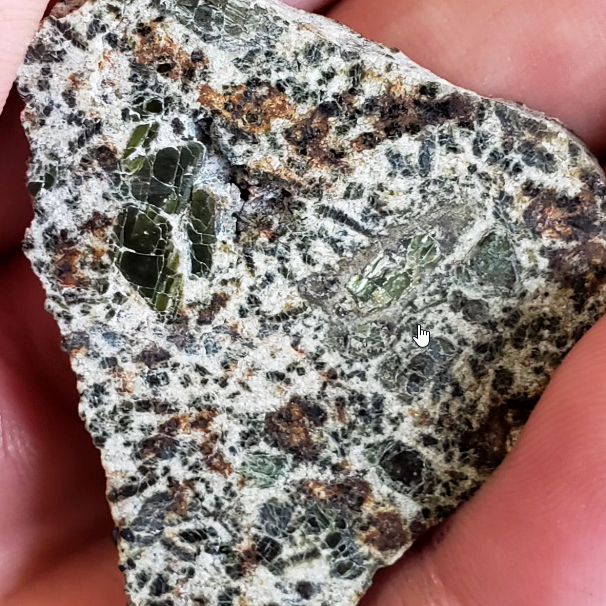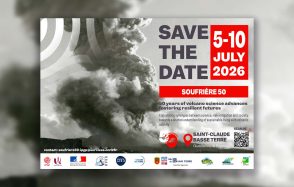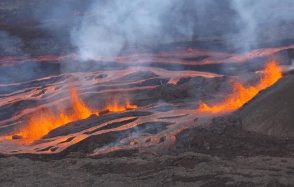Meteorite reveals oldest known planetary crust
A team of researchers from the Institut Universitaire Européen de la Mer in Brest (CNRS, Université de Bretagne-Occidentale), the Institut de Physique du Globe in Paris (Université de Paris/IPGP/CNRS), the National Institute of Polar Research in Tokyo, the Institut de Planétologie et d'Astrophysique in Grenoble (CNRS, Université Grenoble-Alpes) and the Centre de Recherches Pétrographiques et Géochimiques de Vandoeuvre-lès-Nancy (CNRS, Université de Lorraine), have just discovered that a meteorite (Erg Chech 002), found in the Algerian Sahara in May 2020, is a fragment of the oldest crust known for a small planet in the solar system. This lava was emitted 4565 million years ago (Ma), i.e. less than 2.25 Ma after the start of the formation of the solar system, or almost 50 Ma before the formation of our Earth.

Publication date: 16/03/2021
Press, Research
Related teams :
Cosmochemistry, Astrophysics and Experimental Geophysics (CAGE)
Related themes : Origins








